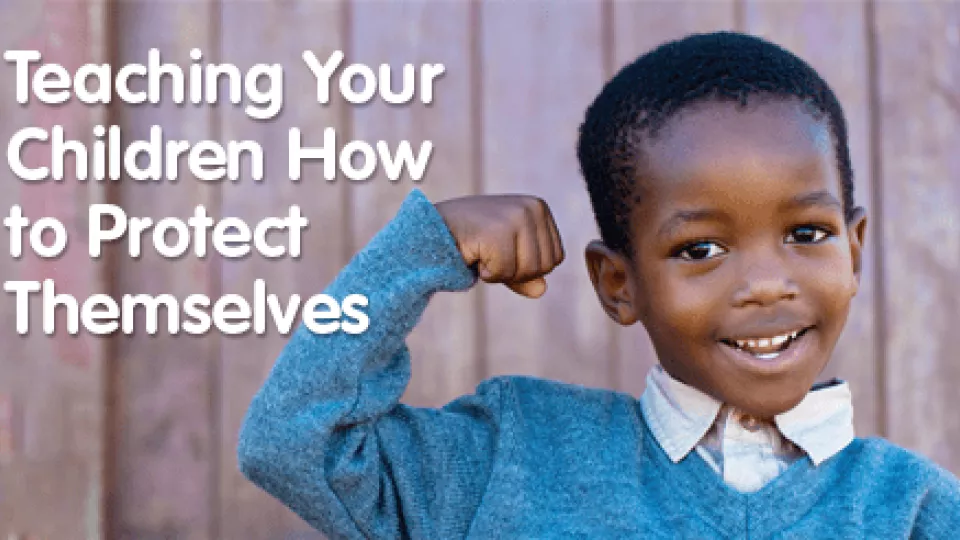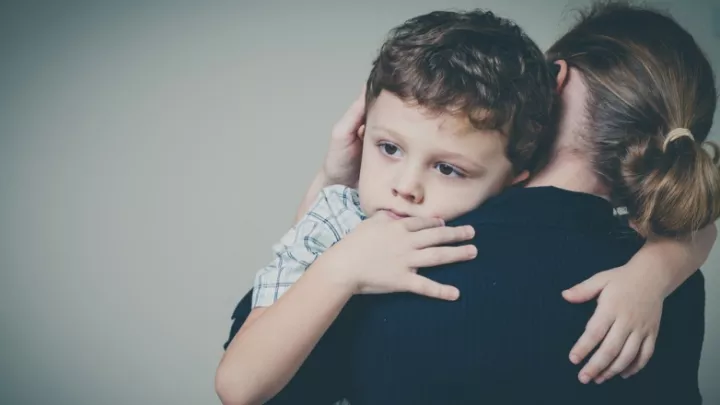
Stranger Danger
The world can be a very scary place for a child. Children need to be made aware of what actions are unacceptable from others, and what to do if these situations arise. This is best communicated during a straightforward discussion between you and your children. The most important element in this conversation is to show your children that they can trust you, and that you will not get mad at them for making a mistake, or telling you something that they may be ashamed of.
The Polly Klass Foundation suggests starting by talking with your kids about how “strangers” look. Children tend to think of a stranger as someone who looks mean, dirty, or scary, when in reality they may dress nicely so that children are not afraid of them.
They also suggest that you try to avoid saying “don’t talk to strangers,” as it can send children confusing signals when they see you talking to strangers on a daily basis (to the clerk at the store, or saying “hi” on the street). Instead, they suggest that you discuss what dangerous adult behavior looks like, so that children can handle it properly. Dangerous adult behavior is described as any adult or older kid:
- Offering children anything without asking a parent first (this applies to candy, pets, treats, job offers, photographs, rides on motorcycles, etc.)
- Asking for a child’s help without asking a parent first (This applies to mailing a letter, picking something up for an injured person, approaching a car to give directions, doing yard work, looking for a lost puppy, etc.)
- Asking a child to keep a secret
- Touching a child’s private parts (parts covered by a swim suit) or asking children to touch their private parts or somebody else’s
- In all of the above situations, your child should yell “NO!!” Then run away to a safe place and tell an adult.
Help your children easily identify who is safe to approach and talk to in case of an emergency:

- Police officer/fire fighter
- A woman with children
- Store clerks
- Their teacher/principal
Another useful way to discuss “stranger danger” with your child is to play the “What if…” game. Ask your child “What if…” questions concerning their safety.
For example:
- What if someone asked if you wanted to pet a puppy?
- What if someone wanted to give you candy?
- What if you’re lost?
- What if someone told you that I was hurt and that they will bring you to me? This question is a very good example of why it is recommended to have a password. A password is a code word that you and your child agree to use in emergency situations (For example: bubble gum; football; feather). The idea is that if you needed to send someone to pick your child up unexpectedly, you would provide that person with the agreed upon code word when you sent him or her.
Finally, all children should know:
- How to spell their first and last name
- Their street address
- Their phone number
- Their parent’s name
You can download a FREE Child Safety Kit from the Polly Klass Foundation website. The Child Safety Kit includes fingerprint forms; how to take fingerprints; how to sample your child’s DNA; how to store your child’s DNA; a record of personal information including name, birth date, address, doctor, medications, allergies, etc.; a space for a current photo; and extra forms for when your address or doctor changes.
Also, check out the National Crime Prevention Council’s Website for other informative information on teaching your kids about protecting themselves from strangers.

